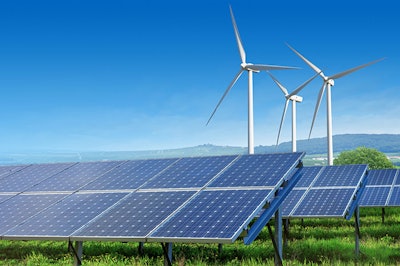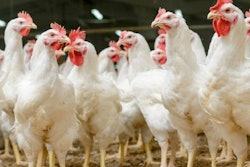
The world is eager for energy and that will continue. Therefore, any economical and reliable source of energy will always be welcome. It seems that there is never enough.
In this environment, it is not unreasonable to think that some of that frenzy is part of commercial poultry production, in addition to its current role as a consumer.
Climate change and the need for greater efficiency are speeding up the transition to temperature-controlled automated environments for poultry, which demands greater energy consumption on the farms. To alleviate costs and take advantage government incentives, several poultry companies are on their way to becoming self-sufficient in energy generation.
Just as public utility services are reduced, these entrepreneurs are technologically updating their facilities with a lower tax cost. In this way, governments can show the world that they are fulfilling the goal of reducing carbon footprints in their countries: a win-win pact that can give much more.
For example, at the end of last year in Colombia, the government defined the way in which unconventional energy generators could sell their surpluses to the national grid system; and similar regulations are known to be in process or are already a fact in other countries in the area.
In this way, putting solar panels on poultry houses and plants would seem more than ever a profitable investment for relatively idle spaces. Firstly, I am talking about photovoltaic energy, because so far it is the most used. It is quick to install and, thanks to our location between the Tropics, we can take advantage of a 30 percent of additional solar light that we receive.
But it is not the only alternative. Biodigestors of poultry manure are also finding their way, albeit at a slower pace because they demand higher costs and a more complex installation. Micro-hydroelectric power plants have their advantages, because they are not as complicated as biodigestors and equally useful in hours without sun.
Sloping ground and other requirements are not exactly a problem for micro-hydroelectric plants anymore. Until recently, hydroelectric's requirements seemed intimidating (with 1.5 meters of slope and flows of one cubic meter per second, they produce from 15 kW and up to 100 kW per turbine). Could poultry farm produce energy from these three sources? Why not, if you can sell surplus electricity? It would be a matter of doing numbers...

















